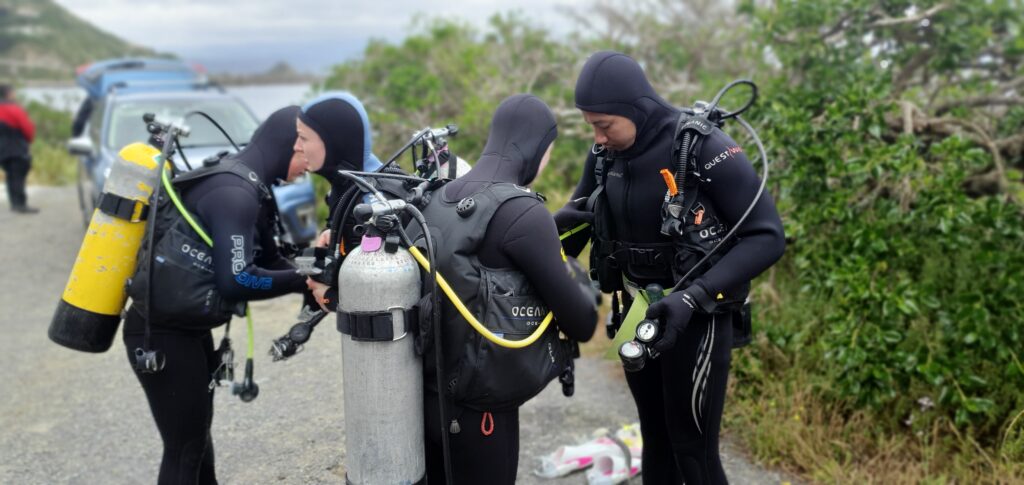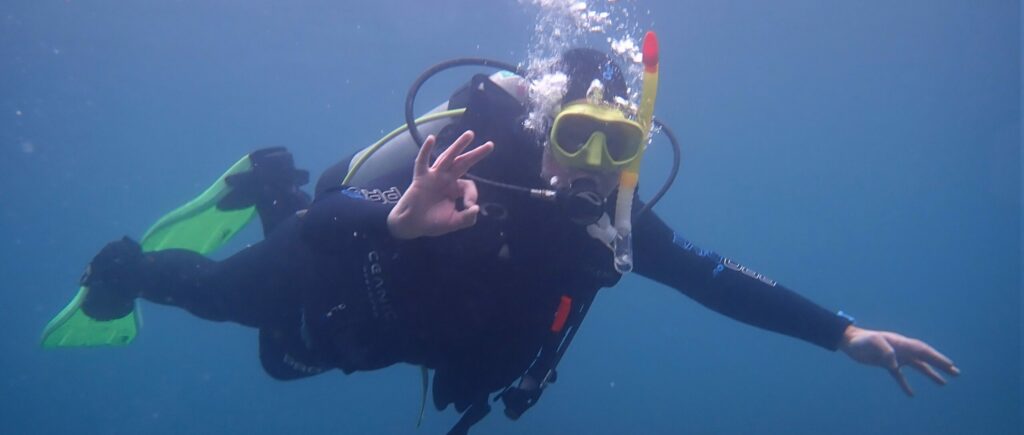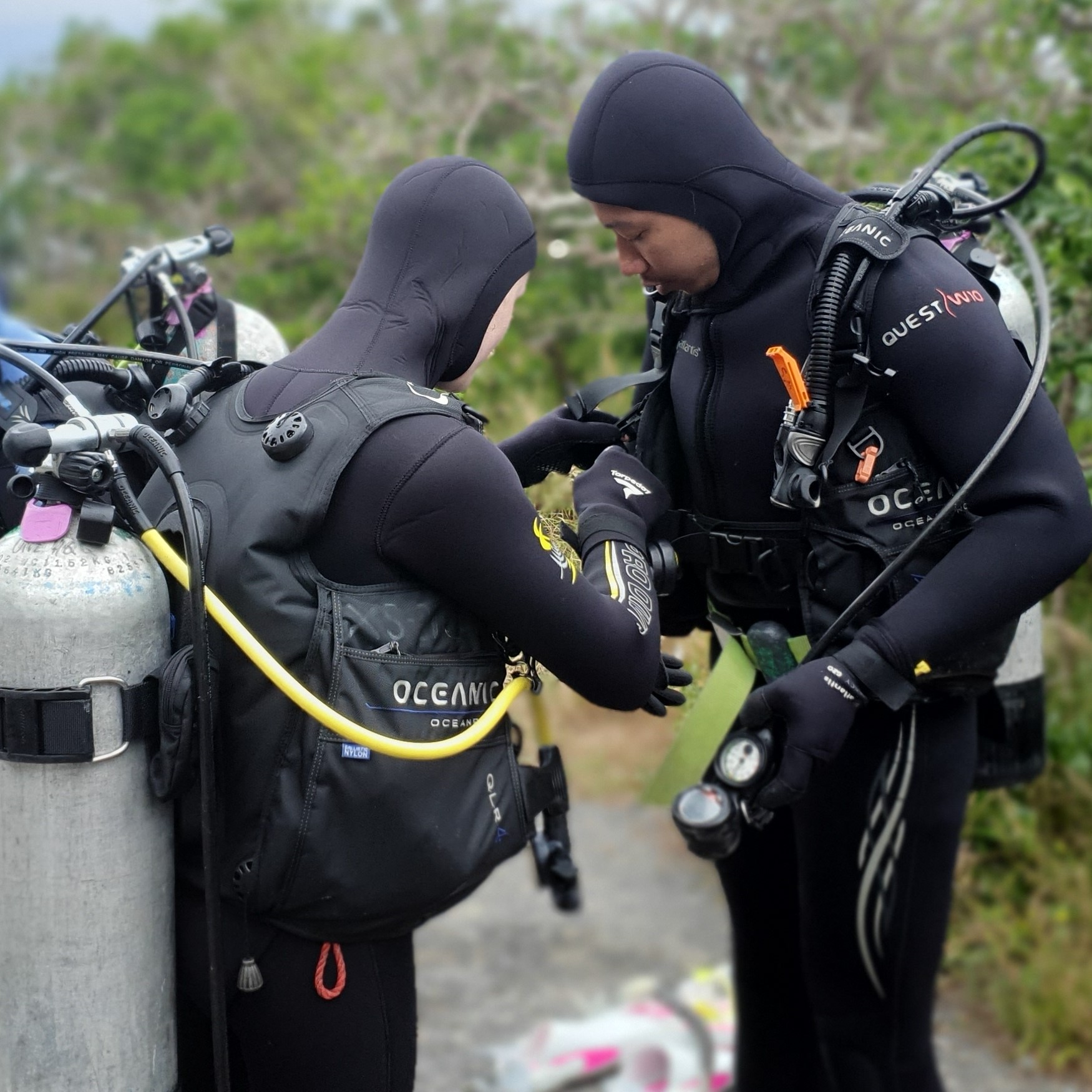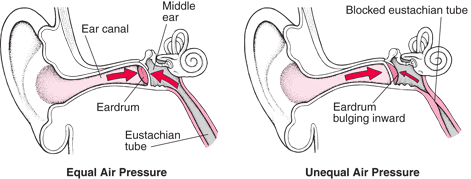We wanted to highlight some of the key skills in scuba diving, and how to achieve mastery of them. There’s a lot to think about while you dive, but we’ve outlined 3 skills that we believe to be the most important, starting off before you even get into the water;
Pre-Dive Communication
This is key in having a safe, enjoyable dive with your buddy. First, you make your plan together. Choose a maximum depth, get an estimate of how long you’ll be under. Do you use the same hand signals – especially for air checks? Is there anything/place you specifically want to see? Plan your dive around that. It’s good for experienced divers to roughly know their personal air consumption rate, so they can plan accordingly. Next, suit up. Make sure you have everything and do a check over all your gear before you put it on. Remember your BWRAF (Breathing Water Really Ain’t Fun!) pre-dive checks.

- BCD – Check that your buddy’s BCD is inflating and deflating via the inflator hose, and make sure all dump valves are functional.
- Weights – Have you got your weights on? Are your integrated pockets secure? Do you know how to ditch your weights or your buddy’s in an emergency?
- Releases – This is the tricky one divers always forget (we think the R stands for reg)! Ensure all the straps are secure and you know how to help your buddy out of their gear if required.
- Air – Take a few breaths from your regulator to check your cylinder is open and look at your SPG to check your gauge is functional. Where is your alternate air source – is it an octi, air integrated or a long hose?
- Final Check – You’re ready to go diving! Do a quick once over, grab your mask, fins and accessories. Don’t forget to ask your buddy if they are feeling okay to dive and know the plan.
Equalising
Okay, now you’re in the water and ready to descend. A key skill in scuba is the ability to equalise your air spaces to avoid injury/discomfort as pressure builds. As you descend, the surrounding pressure increases, while the pressure in the air space of your middle ear remains the same. This causes the eardrum to stretch and causes pain. Through equalisation we re-balance the pressure in our middle ear by increasing/decreasing the gas pressure in order to match the pressure at depth.
One way this is done is simply by pinching your nose, and blowing gently through it until your ears make a little pop. Some divers will be able to equalise by swallowing or wriggling their jaw (this is why Air New Zealand give us lollies before descent) Remember to never force equalisation! It should be quick and easy, not requiring a lot of force to accomplish.
A common misconception about equalizing is that you only do it when your ears start to hurt. In actual fact, you should be equalising often, about once per meter you descend. Failure to equalise (causing ear barotrauma) is the single highest cause of injury in all of scuba diving. If you are having problems, signal your buddy (pointing to your ear), ascend slightly and try again. If you still can’t equalise stay shallow if possible or abort your dive.
If you feel pain on ascent, stop, descend slightly and try again, wiggling your jaw is best. Do not pinch your nose and blow as this is adding more air into your middle ear. Ascend slowly.
Be careful and remember to equalise early & often!
Buoyancy
Descending! You need to control your descent to manage your ears, stay with your buddy, reach your target depth and avoid disturbing the sea floor. Now, a great skill for the exploratory part of your dive is maintaining neutral buoyancy. To master this skill, you should focus on the following:
- Fine tuning your weighting and trim– experiment throughout multiple dives with different weight and weight distribution (belt, integrated, or trim pockets) to find what works best for you.
- Control your inflation/deflation– once neutral buoyancy has been achieved, only add/remove small amounts of air from your BCD. This is to compensate for the change in air volume as you ascend or descend during your dive.
- Perfect your breathing technique– practice long, slow, deep and controlled breaths. This will allow you to simply breathe to effortlessly glide over obstacles in your path, without the need for constantly inflating/deflating. Truly the pinnacle of mastering buoyancy control.

Buoyancy control during your ascent helps you maintain the proper ascent rate and allows you to perform your safety stop. Once you break the surface gain positive buoyancy, wait for the boat to pick you up or head back to shore with your buddy.
One well-done dive down, with lots more diving to go and time to improve on what you know!
Practice these skills in the pool, with your buddy on a fun dive or look at taking the PADI Advanced Open Water Diver or PADI Specialty Diver Courses such as Peak Performance Buoyancy, Deep Diver, Wreck Diver, Sidemount or technical dive courses that require a high level of buoyancy control to run smoothly.

